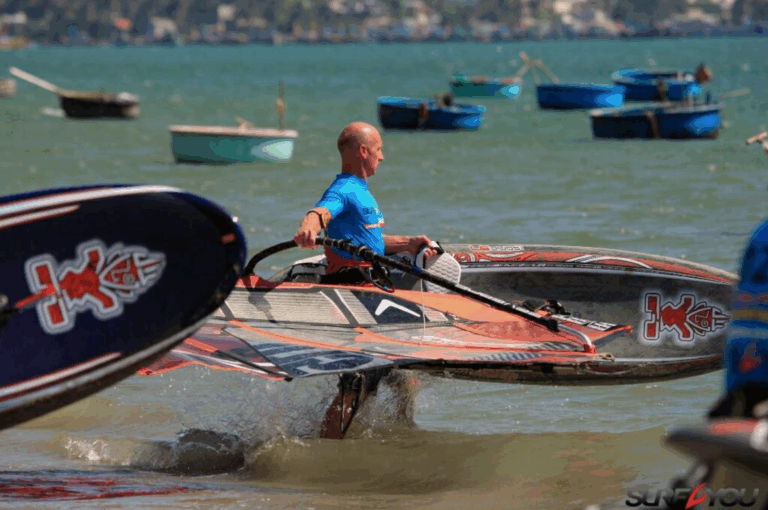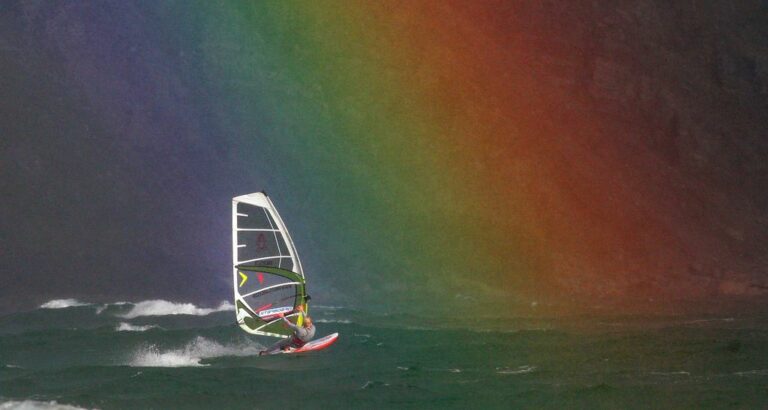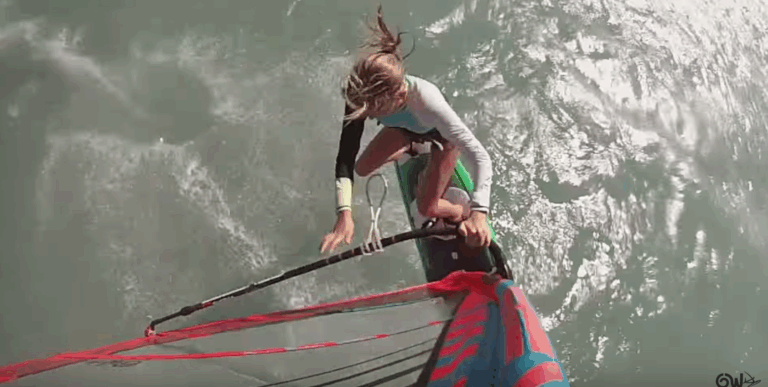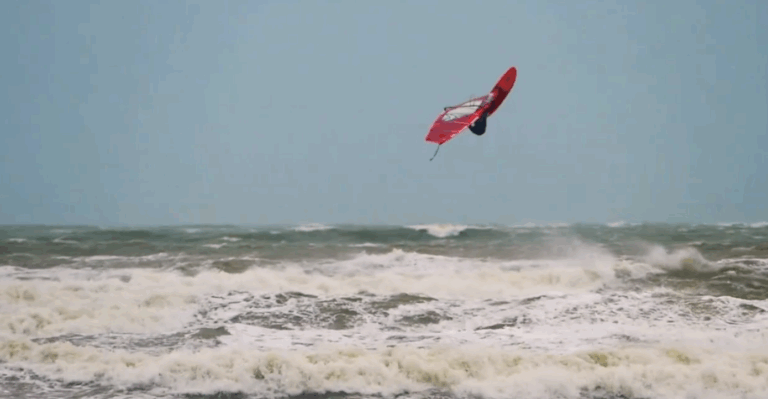Here at Boards we decide to catch up with pro freestyler Philip Soltysiak for a breakdown on some of the more older school carving moves. It seems the freestyle game is a fast changing discipline and to keep up requires UJs for ankles and rubber bands for legs, but there is still a way to be king of your beach, crack out one of these at full speed and you’ll even have the pros turning their heads…
Over to Phil…
The Donkey Gybe is one of my favourite old-school non-jumping freestyle moves. It has such a great flow to it, and the sail feels totally weightless. It’s also very easy to plane out of, and can easily be done both underpowered and overpowered. I recommend flat water to learn this one.
To learn the Donkey Gybe I would recommend a big wave, freestyle/wave, freestyle or small freeride board, and a sail size that you are comfortable duck jibing.
In this particular sequence I’m doing the Donkey Gybe on my 4.5m Sailworks Revolution and a Starboard Flare 91 in Jericoacoara, Brasil.
Step 1: Bear off with speed, unhook and take your back foot out of the foot strap.
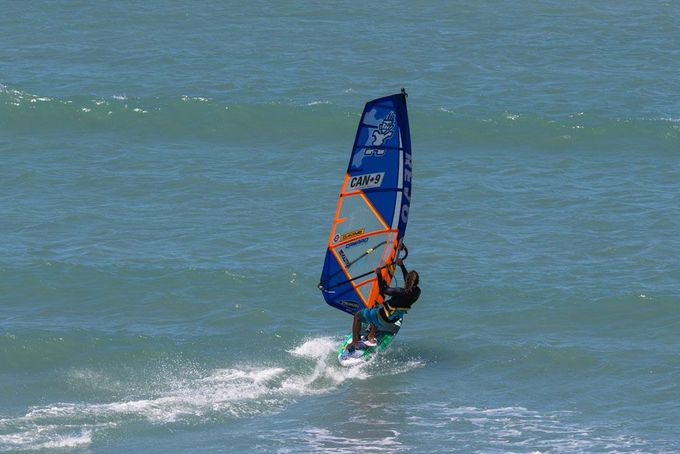
Step 2: Initiate a duck jibe with a slightly earlier sail duck – move your sail hand back on the boom as you initiate the carve, and cross over with the mast hand grabbing the boom on the clew.
Step 3: While keeping the board carving through the turn, pull back with your old mast hand which is now holding the boom, pulling the rig past your ear as you reach to grab the boom forward of the harness lines on the new side with your new sail hand.
Step 4: Here the rig will feel weightless. Keep the board carving as you slip your front foot out of the footstrap and step forward placing it directly in front of your mast base.
Step 5: With only your new mast hand on the boom, pull the rig with you as your body rotates.
Step 6: Keep the board turning as you step forward with your old back foot, place your new sail hand far down on the boom, and step back with your new back foot, bringing the clew through the eye of the wind.
Step 7: Be prepared for the sail to power up. Keep your weight on your back foot as the wind powers up the sail on the new side, and make sure your back hand is far enough back to control the new power. Bring your new front foot back behind the mast, sheet-in, hook-in, step in the straps, and sail away!
Follow Philip Soltysiak on
www.instagram.com/philipsoltysiak
www.facebook.com/philipsoltysiak
www.twitter.com/philipsoltysiak
Phil is sponsored by: Starboard, Sailworks, Dakine, Streamlined, Camaro Wetsuits, Peppers Eyeware, Makani Fins, Nolimitz Masts.
More moves to come.
Pictures are provided thanks to the Tricktionary – www.tricktionary.com

